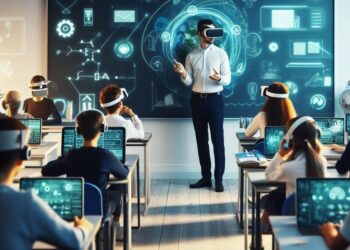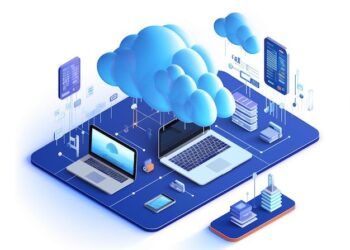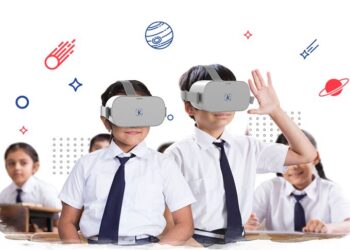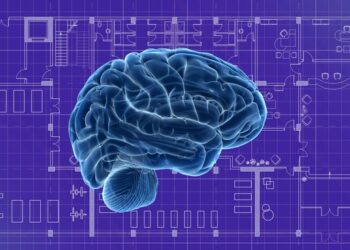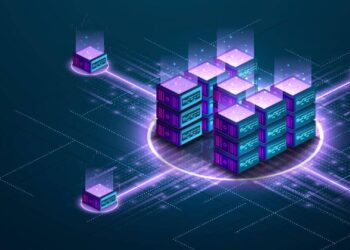In the rapidly evolving landscape of education, teachers are increasingly turning to generative artificial intelligence (AI) tools to enhance their teaching methods and student engagement. These cutting-edge technologies, such as ChatGPT, DALL-E, and similar platforms, are transforming classrooms by offering personalized learning experiences, automating administrative tasks, and fostering creativity.
As we delve into 2025, the adoption of generative AI among educators is not just a trend but a fundamental shift that promises to redefine how knowledge is imparted and absorbed.
This article explores the myriad ways teachers are embracing these tools, the benefits they bring, potential challenges, and future implications for the education sector.
The Rise of Generative AI in Education
Generative AI refers to systems that can create new content, such as text, images, audio, or even code, based on user inputs or prompts. Unlike traditional AI, which often relies on predefined rules, generative models learn from vast datasets to produce original outputs.
In educational settings, this capability is proving invaluable. According to recent studies from organizations like UNESCO and the OECD, over 60% of teachers in developed countries have experimented with AI tools in the past year, with adoption rates climbing steadily since the public release of models like GPT-4 in 2023.
Teachers are drawn to these tools for their versatility. For instance, in language arts classes, educators use AI to generate story prompts tailored to students’ interests, encouraging creative writing. In STEM subjects, AI can simulate complex experiments or explain intricate concepts through interactive dialogues.
This integration is particularly timely as schools recover from the disruptions caused by the COVID-19 pandemic, where remote learning highlighted the need for innovative digital solutions.
One key driver behind this embrace is the pressure on teachers to manage larger class sizes and diverse student needs. Generative AI acts as a virtual assistant, helping to differentiate instruction.
For example, a teacher might input a student’s learning profile into an AI tool to receive customized lesson plans. This not only saves time but also ensures that no student is left behind.
Moreover, with the global push toward digital literacy, incorporating AI into curricula prepares students for a workforce where such technologies are ubiquitous.
Benefits of Generative AI for Teachers
The advantages of generative AI extend across various facets of teaching. Let’s break them down into key areas to understand their impact more clearly.
A. Time-Saving Automation Generative AI excels at handling repetitive tasks, freeing teachers to focus on high-value activities like mentoring and classroom interaction. Tools like Grammarly’s AI enhancements or custom bots built on platforms like Hugging Face can grade essays, provide feedback on grammar and structure, and even suggest improvements.
Imagine a history teacher uploading student reports on World War II; the AI could analyze them for factual accuracy, coherence, and originality, delivering detailed reports in minutes. This automation reduces burnout, a common issue among educators, and allows for more personalized attention to students.
B. Personalized Learning Experiences Every student learns differently, and generative AI makes personalization scalable. Platforms such as Khan Academy’s AI integrations or Duolingo’s adaptive algorithms use generative models to create bespoke exercises.
For a math teacher, AI can generate problems at varying difficulty levels based on a student’s performance data. In special education, tools like text-to-speech generators powered by AI help students with dyslexia by creating audio versions of reading materials. This inclusivity fosters a more equitable classroom environment.
C. Enhanced Creativity and Engagement Generative AI sparks imagination in ways traditional methods cannot. Art teachers, for example, use image generators like Midjourney to inspire students to visualize concepts from literature or history. In science classes, AI can create virtual reality simulations of ecosystems or chemical reactions.
A survey by EdTech Magazine in 2024 revealed that 75% of teachers reported increased student engagement when using AI-generated content. This is because AI allows for interactive storytelling, where students can co-create narratives with the tool, making learning fun and memorable.
D. Professional Development Opportunities Teachers themselves benefit from AI for ongoing learning. Generative tools can curate personalized professional development modules, such as generating case studies on classroom management or summarizing the latest educational research.
Platforms like Coursera use AI to recommend courses, but educators are now building their own AI assistants to stay updated on pedagogy trends.
E. Data-Driven Insights By analyzing student interactions with AI tools, teachers gain valuable data on learning patterns. For instance, an AI dashboard might highlight that a class struggles with fractions, prompting targeted interventions. This predictive analytics helps in early identification of at-risk students, improving overall academic outcomes.
Practical Applications in the Classroom
To illustrate the real-world impact, consider specific scenarios where teachers are integrating generative AI.
In elementary schools, educators use AI to create interactive storybooks. A teacher might prompt an AI like Grok or Claude to generate a tale about environmental conservation, complete with illustrations. Students then edit and expand on it, learning narrative structure and digital editing skills.
High school teachers in literature classes employ AI for debate preparation. By generating arguments for and against a theme in a novel, such as in “To Kill a Mockingbird,” AI helps students develop critical thinking. This not only deepens understanding but also teaches ethical AI use, as teachers discuss biases in generated content.
In vocational training, generative AI simulates job scenarios. For aspiring chefs, AI can create recipe variations based on dietary restrictions, teaching adaptability. In coding classes, tools like GitHub Copilot assist in writing code snippets, allowing teachers to focus on concepts rather than syntax errors.
Universities are also on board. Professors use AI to generate exam questions that adapt to course material, ensuring assessments are fair and comprehensive. In research-oriented fields, AI aids in literature reviews by summarizing hundreds of papers, accelerating scholarly work.
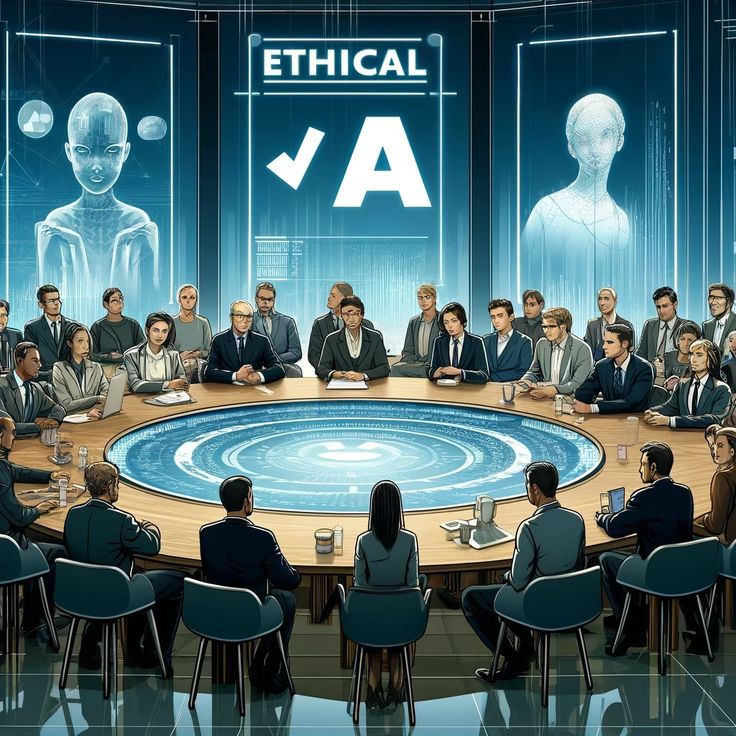
Addressing Challenges and Ethical Considerations
While the benefits are compelling, embracing generative AI isn’t without hurdles. Teachers must navigate issues like data privacy, equity, and the risk of over-reliance.
A. Data Privacy and Security Student data fed into AI systems raises concerns about confidentiality. Schools must ensure compliance with regulations like GDPR or FERPA. Teachers are encouraged to use vetted, education-specific AI tools that prioritize security, such as those from Google Classroom integrations.
B. Equity and Access Not all schools have equal access to technology. Rural or underfunded districts may lag, exacerbating educational divides. Initiatives like government subsidies for AI tools and training programs are essential to bridge this gap.
C. Bias and Accuracy Generative AI can perpetuate biases from training data. Teachers need to teach students to critically evaluate AI outputs. For example, if an AI generates a historical narrative with inaccuracies, it becomes a teachable moment on source verification.
D. Over-Reliance and Skill Erosion There’s a fear that AI might diminish students’ foundational skills, like writing or problem-solving. Educators counter this by using AI as a supplement, not a replacement, emphasizing human oversight.
E. Teacher Training Needs Many teachers feel unprepared. Professional development workshops on AI literacy are crucial. Organizations like ISTE offer certifications to build confidence.
To mitigate these, schools are forming AI ethics committees and integrating digital citizenship into curricula.
Future Trends in AI Adoption for Education
Looking ahead to the late 2020s, generative AI is poised for even deeper integration. Multimodal AI, combining text, image, and voice, will enable immersive learning environments. Virtual tutors powered by AI could provide 24/7 support, especially in remote areas.
Augmented reality (AR) enhanced by generative AI might allow students to “visit” historical events. In assessment, AI could evaluate soft skills like collaboration through simulated group projects.
Policy-wise, governments are drafting guidelines. The U.S. Department of Education’s 2025 AI framework emphasizes responsible use, while international bodies push for global standards.
Teachers who embrace these tools early will lead the charge, shaping an education system that’s adaptive, inclusive, and innovative.
Case Studies from Real Educators
To ground this discussion, let’s examine real-world examples.
A. A Middle School in California Here, teachers used AI to personalize reading assignments. By inputting student interests, the AI generated book recommendations and summaries, resulting in a 30% increase in reading comprehension scores.
B. A High School in the UK Math educators integrated AI for problem-solving tutorials. Students interacted with chatbots for step-by-step guidance, reducing homework frustration and boosting grades.
C. An Online Learning Platform in India With millions of users, this platform employs generative AI to create localized content in multiple languages, making education accessible to diverse populations.
D. University Professors in Australia They use AI for research assistance, generating hypotheses and data visualizations, accelerating publication rates.
E. Special Education in Canada AI tools generate sensory-friendly materials, aiding students with autism through customized visuals and narratives.
These cases highlight the transformative potential when teachers thoughtfully integrate AI.
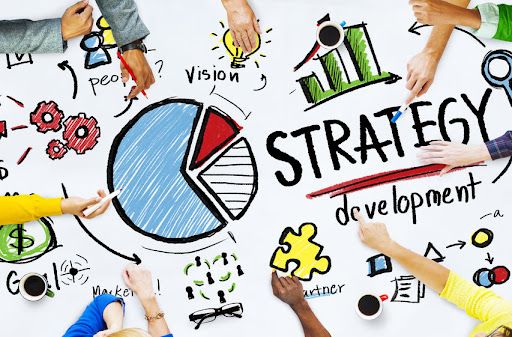
Strategies for Successful Implementation
For teachers eager to start, here are practical steps.
A. Start Small Begin with one tool, like a free version of ChatGPT, for simple tasks such as brainstorming lesson ideas.
B. Seek Training Enroll in online courses on platforms like edX or LinkedIn Learning focused on AI in education.
C. Collaborate with Peers Join communities like Reddit’s r/EdTech or Twitter groups to share experiences.
D. Involve Students Make AI a collaborative tool, discussing its strengths and limitations openly.
E. Evaluate Impact Track metrics like student engagement and performance to refine usage.
F. Stay Updated Follow AI developments through newsletters from sources like MIT Technology Review.
By following these, teachers can maximize benefits while minimizing risks.
The Role of Policymakers and Institutions
Institutions play a pivotal role. Schools should invest in infrastructure, providing devices and high-speed internet. Policymakers must fund AI research tailored to education and enforce ethical guidelines.
Partnerships with tech companies, like Microsoft’s education initiatives, can provide free tools and training. Ultimately, a collaborative ecosystem ensures sustainable adoption.
Conclusion: A New Era for Teaching
As teachers continue to embrace generative AI tools, the education landscape is undergoing a profound transformation. These technologies empower educators to be more effective, creative, and responsive to student needs.
While challenges exist, proactive strategies can address them, paving the way for a future where AI enhances human potential rather than replacing it. In this new era, the teacher-AI partnership holds the key to unlocking unprecedented educational opportunities.


